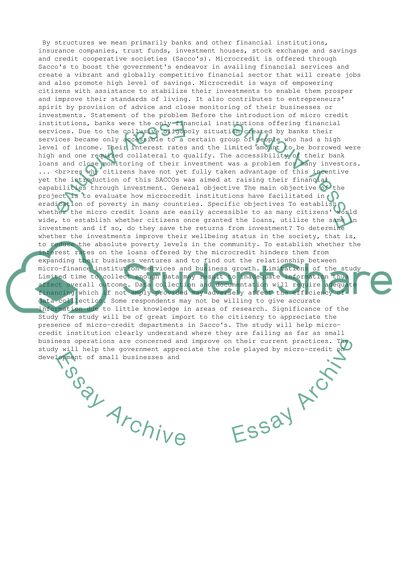Cite this document
(“Research method methodology Proposal Example | Topics and Well Written Essays - 3000 words”, n.d.)
Research method methodology Proposal Example | Topics and Well Written Essays - 3000 words. Retrieved from https://studentshare.org/business/1478324-research-method-methodology
Research method methodology Proposal Example | Topics and Well Written Essays - 3000 words. Retrieved from https://studentshare.org/business/1478324-research-method-methodology
(Research Method Methodology Proposal Example | Topics and Well Written Essays - 3000 Words)
Research Method Methodology Proposal Example | Topics and Well Written Essays - 3000 Words. https://studentshare.org/business/1478324-research-method-methodology.
Research Method Methodology Proposal Example | Topics and Well Written Essays - 3000 Words. https://studentshare.org/business/1478324-research-method-methodology.
“Research Method Methodology Proposal Example | Topics and Well Written Essays - 3000 Words”, n.d. https://studentshare.org/business/1478324-research-method-methodology.


